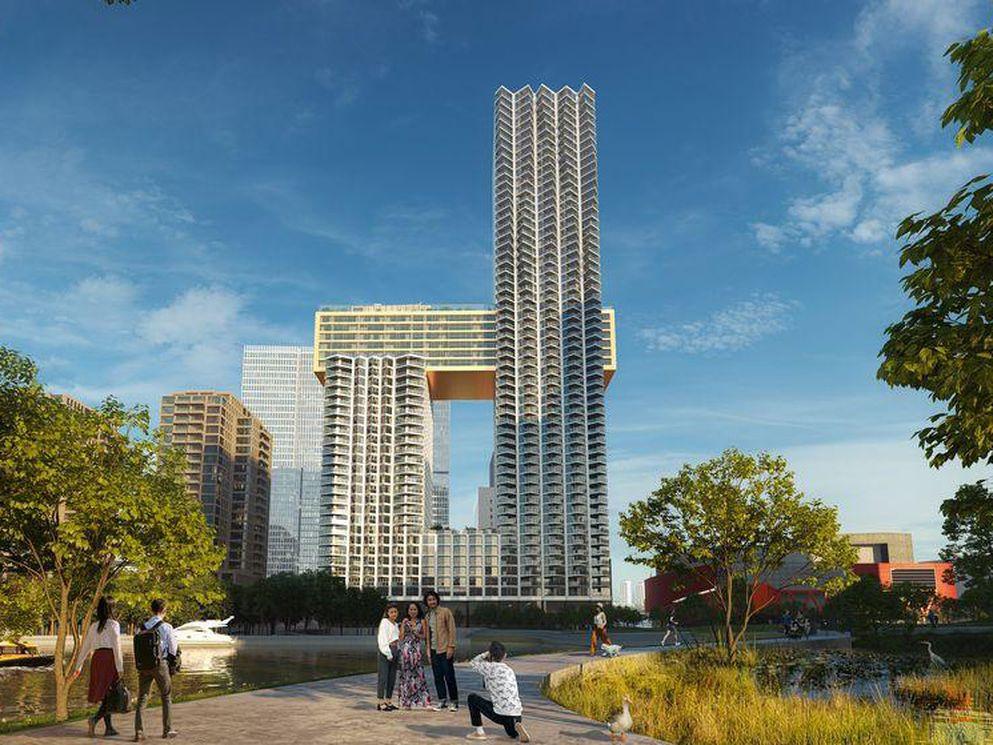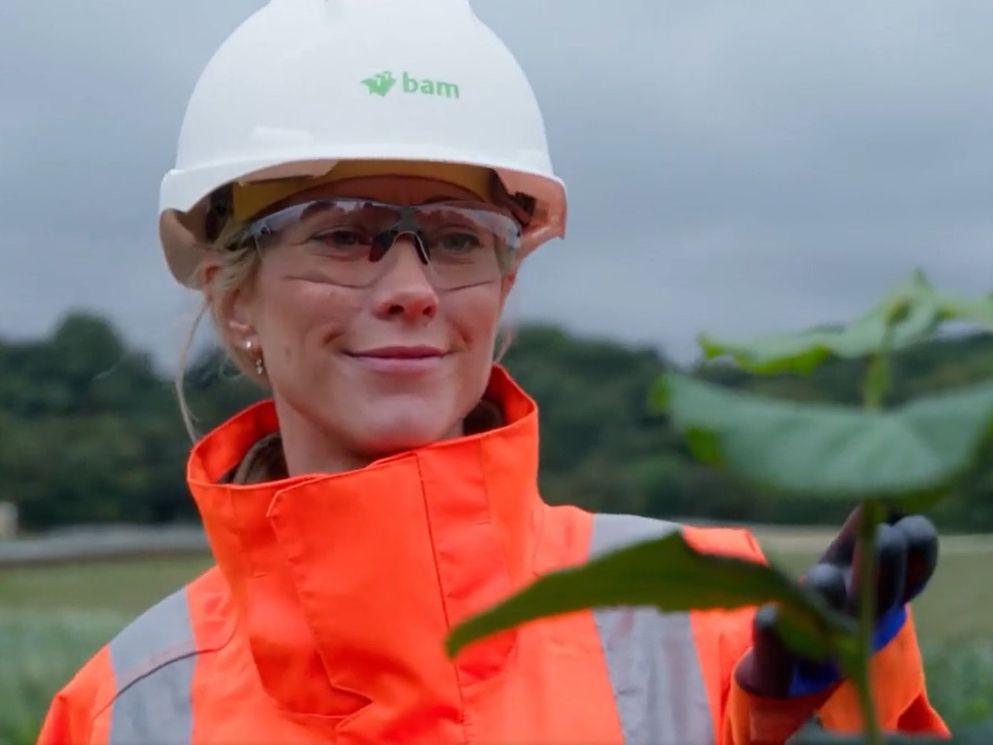Southampton's Life Sciences smashes carbon footprint target and boosts local jobs
15 September 2010 - Construction at Southampton University's Life Sciences building, smashed the company's carbon emissions target by a third, and recycled or re-used nearly 95% of its waste, placing it at the forefront of environmental management.
Construction work at Southampton University's Life Sciences building, recently handed over by contractor BAM to the University, has smashed the company's carbon emissions target by around a third, and recycled or re-used nearly 95% of its waste, placing it at the forefront of construction industry environmental management.
The company recorded 9.6 tonnes of CO2 production per million pounds of turnover at the 11,000 square metre, £34 million new education facility, well below the 2010 target of 14 tonnes, which the company says is a high standard in itself. BAM is believed to be the only company in the construction sector with a dedicated Climate Change Manager. The company has signed the UK's 10:10 carbon reduction challenge.
Charlie Law, BAM's Environmental Manager, said: 'BAM is aiming for 'near zero' waste to landfill by 2015, and the Life Sciences building has shown that our ambitious plans place us at the front of the industry in environmental management.'
The seven-storey Life Sciences building - also known as Building 85 - features impressive cedar external paneling treated to slow aging and bamboo internal paneling within the main Atrium space. It forms a striking frontage facing into Library square, which is at the heart of the campus. It builds on BAM's partnership with one of the largest organisations in Southampton, the company having previous built the Education, Engineering and Entrance building (Building 32) in 2006.
The project began in 2008 and has used over a hundred sub-contractors, and given work to over two thousand people, many of these from within Southampton and neighbouring areas.
Project Manager Simon Gray, said: 'The quality of a finished building is obviously extremely important, but so too is how you build it. BAM places great importance on being a good neighbour to our communities, on maximising safety practices (it won the company's health and safety award twice during its programme) and on minimising our environmental impact. And when we can use local employment and materials, we do so if these meet our tough quality criteria. Many of our own people live close to the projects they work on for example. This means we bring a lot of local economic benefits to our work.'



